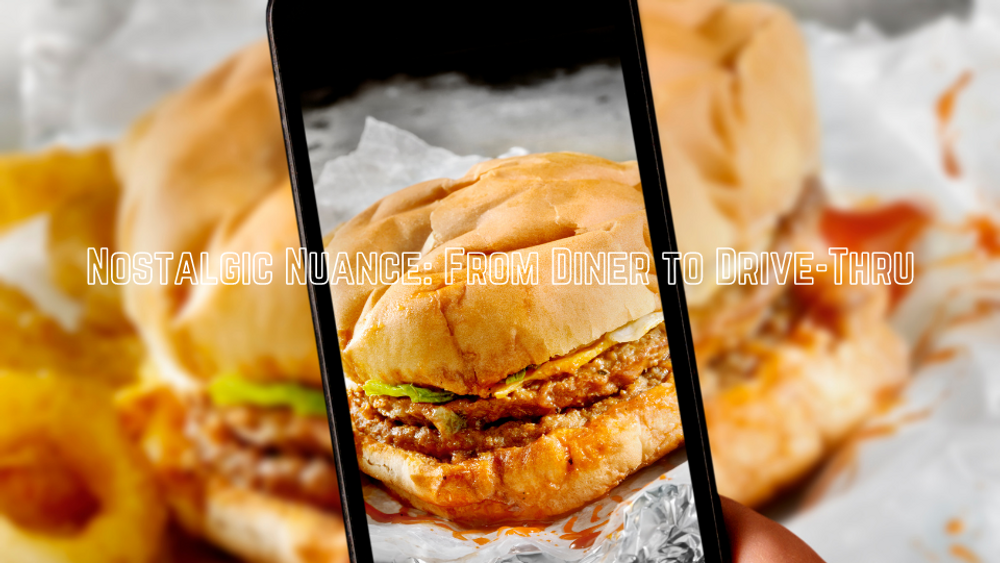As with most trends throughout history, American dining preferences ebb and flow with changing economic and social standards. People often look to the past as inspiration for the future, sometimes that means the resurgence of an all-but lost culinary dream.
In the late 1800’s, a visionary named Walter Scott turned an idea into reality, unknowingly sparking a movement that keeps on coming. When he found too much success in selling sandwiches and coffee from a basket to night workers, Scott started selling from a horse-drawn covered express wagon. And so goes the story of how diners got their start.
First came the lunch wagons, where people could stand inside or sit on stools to get out of the rain and snow. Most restaurants closed by 8 p.m. in those days, so lunch carts catered mainly to the workers from the night shifts.
As lunch wagons increased in popularity, so did public distaste for their reputation. Towns created ordinances and wagon owners retaliated by planting them firmly in the ground on semi-permanent locations. Owners at this time were more concerned with making a living than decor, thus spawning the term ‘greasy spoon’ often used to reference the wagons. As women invaded the work force, there was a push to cater to their decorative preferences. As times changed over the years, so did the look of these little dinner spots.
Diners are named after the dining cars on trains, thus typical diners are shaped like railroad cars. The stools, counter, and back kitchen were all reflected from actual railroad dining cars. The appeal of such places was simple, working people could get good home-cooking at a reasonable price when they got off work at all hours of the night. Diners became a staple of the culinary industry all over the country.
Then by the 1940’s, on the other side of the country, a new trend was starting. Fast food was in its infancy at a little place called In-N-Out. There was no inside seating and no outside parking, people could eat on the go. Others eventually followed suit, though not as quickly as you might assume. McDonald’s didn’t have a drive-thru until the 1970’s. With people commuting to and from work, fast food was the next great convenience and diners became a novelty.
The great thing about being a novelty is that someone looking back for inspiration will always look to the classics. In more recent years diners have taken on a new look and still find themselves at the center of community life. Food trucks and meal delivery companies are picking up in popularity as the next great thing in convenient food for Americans. Still, it seems no matter what new trends emerge, the old will always hold their ground.

